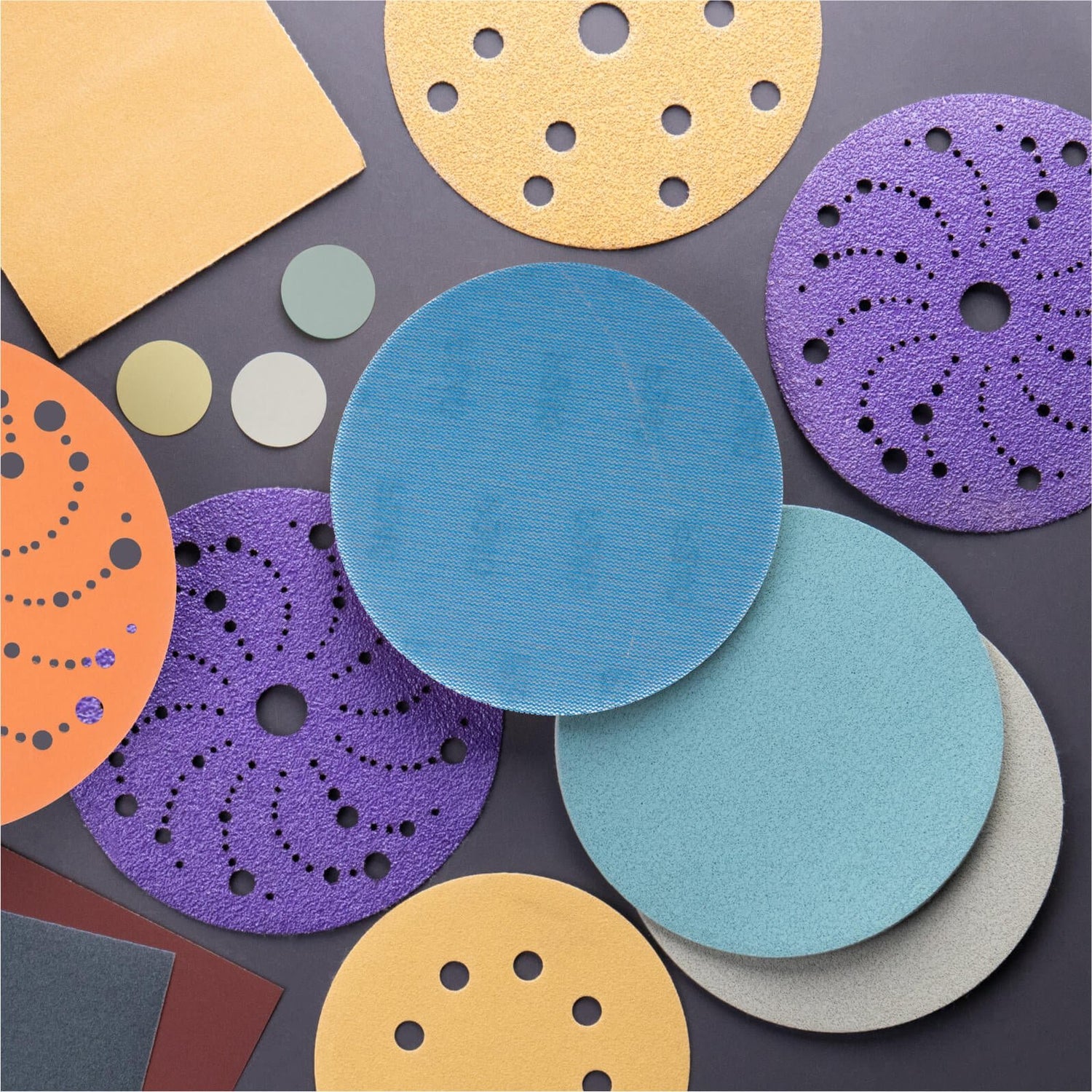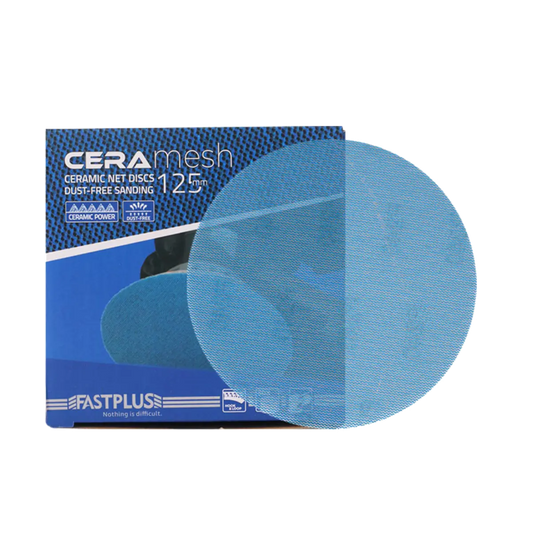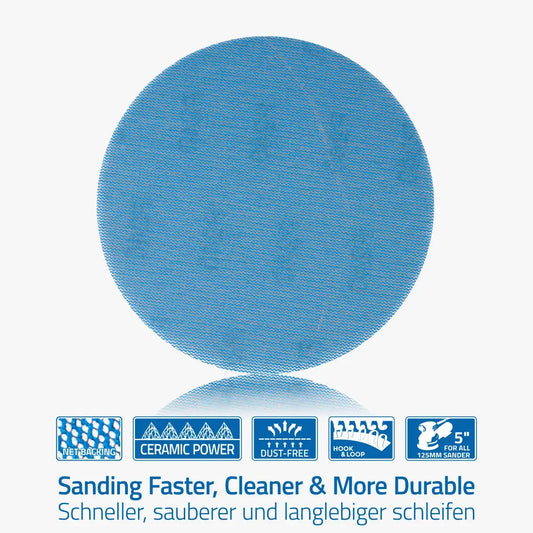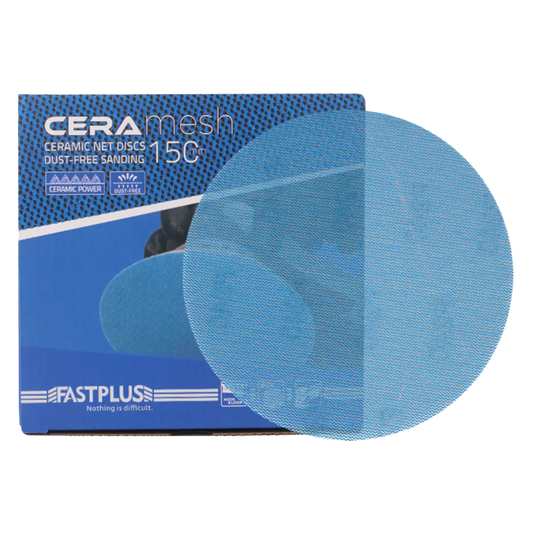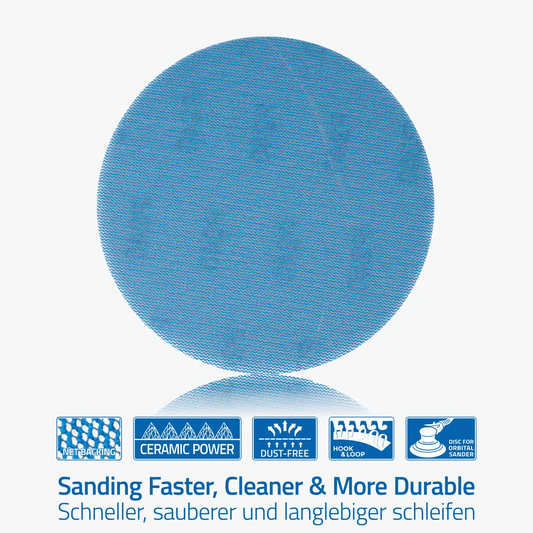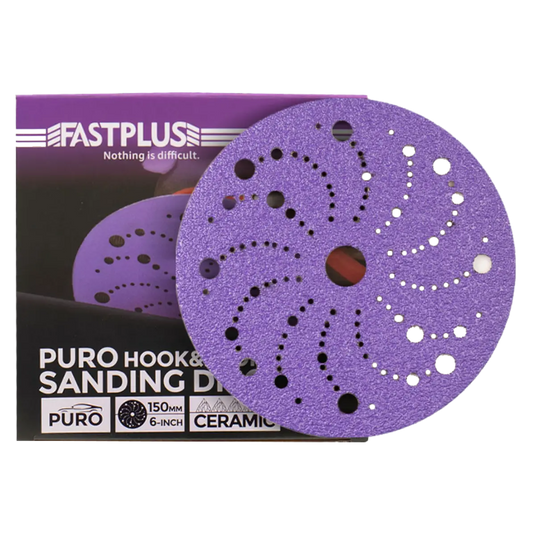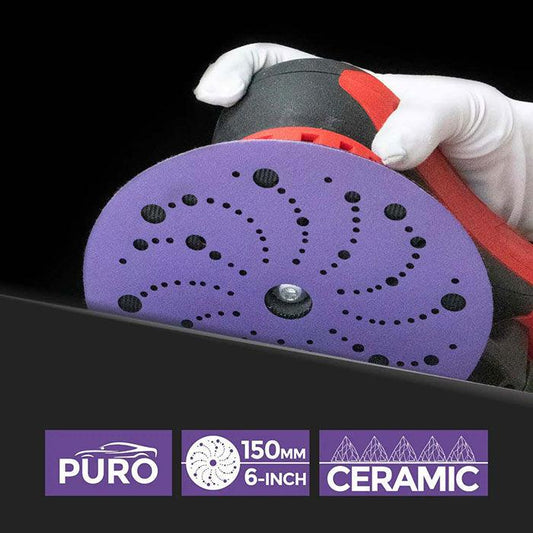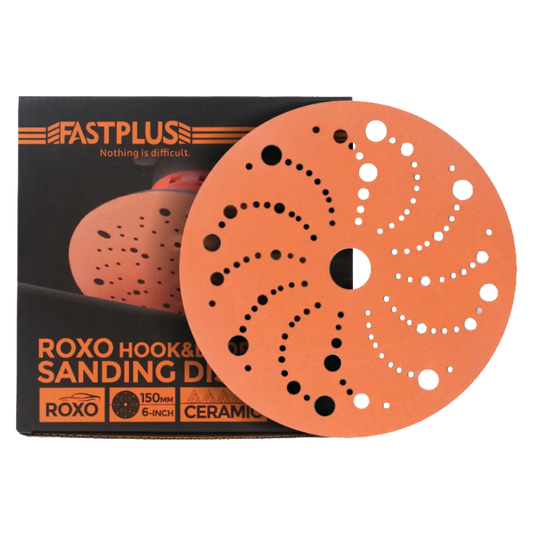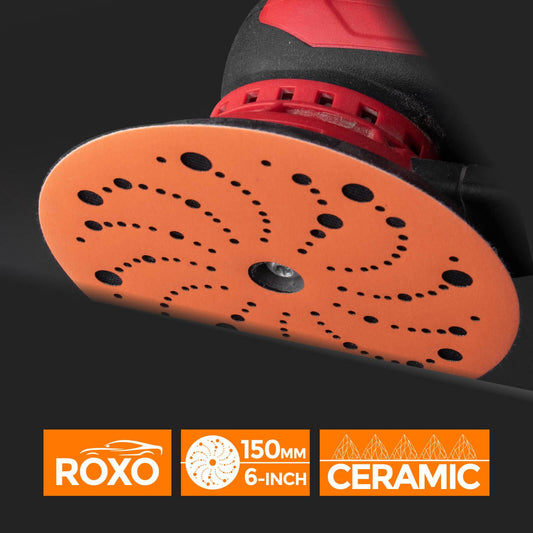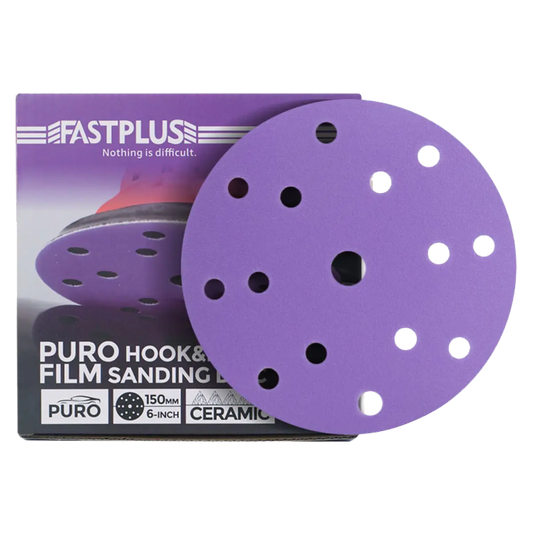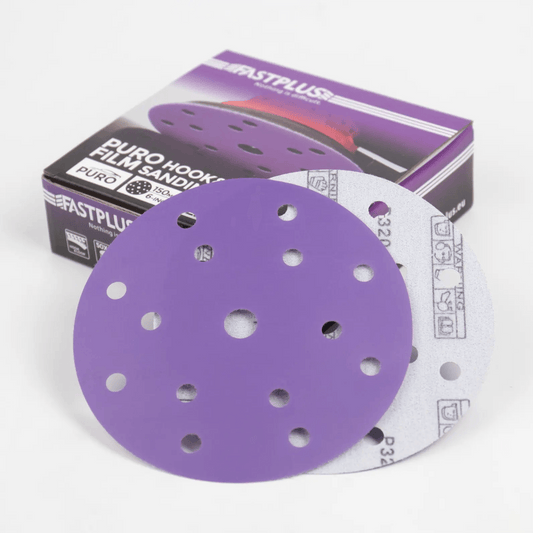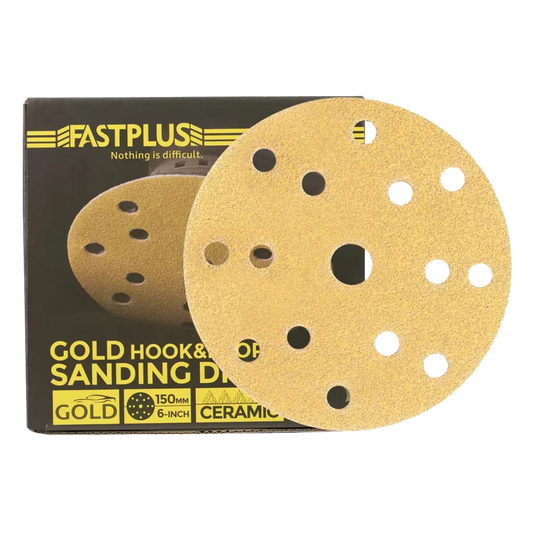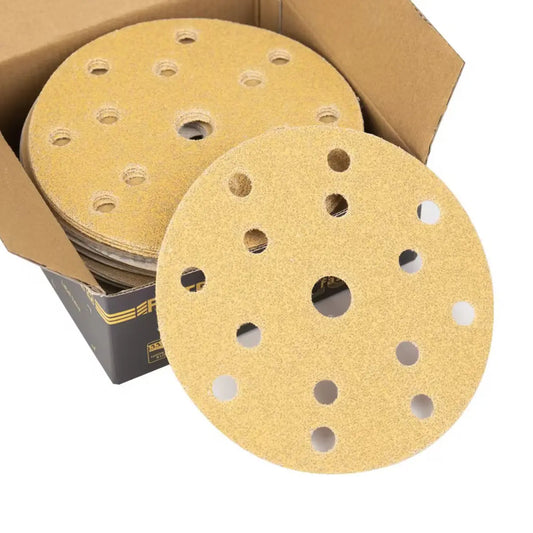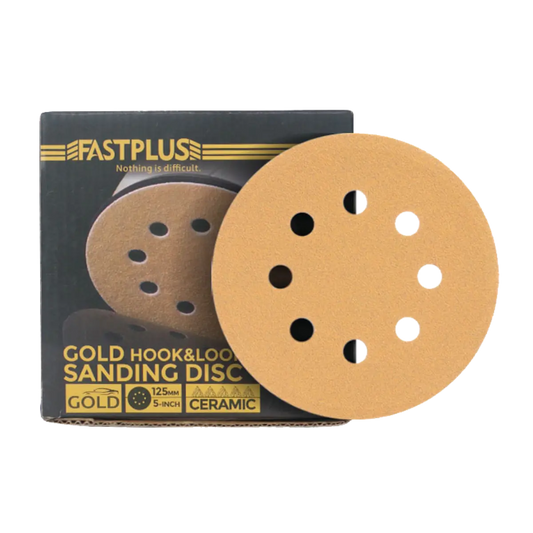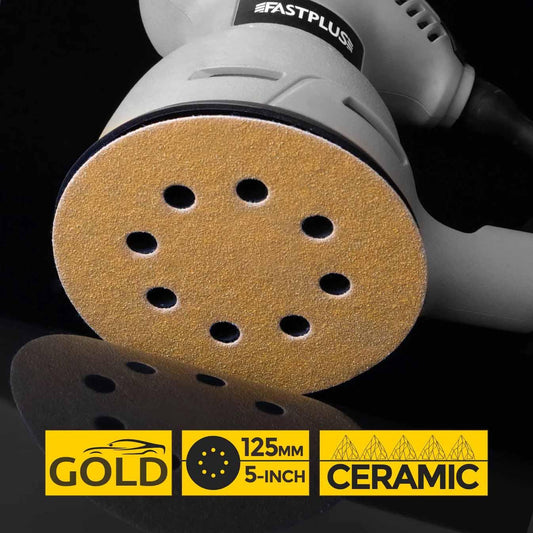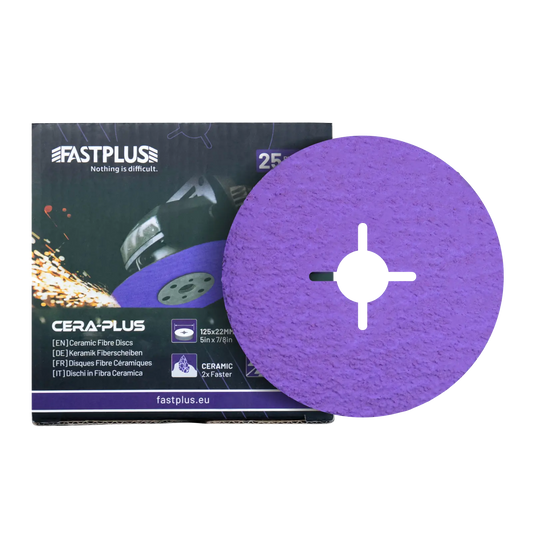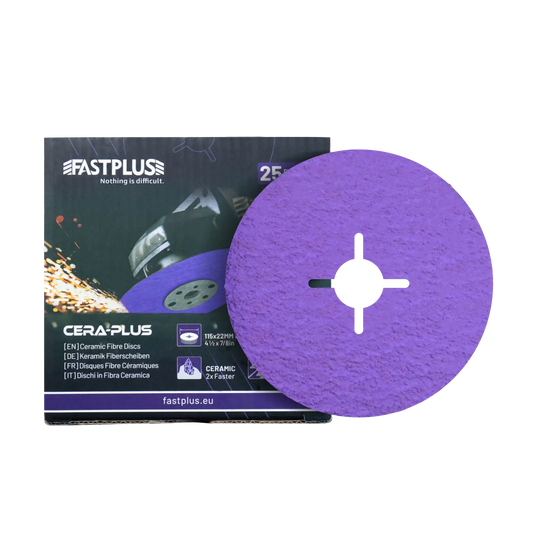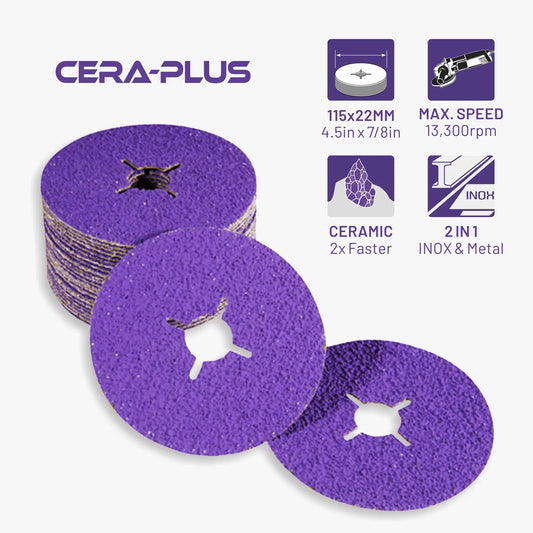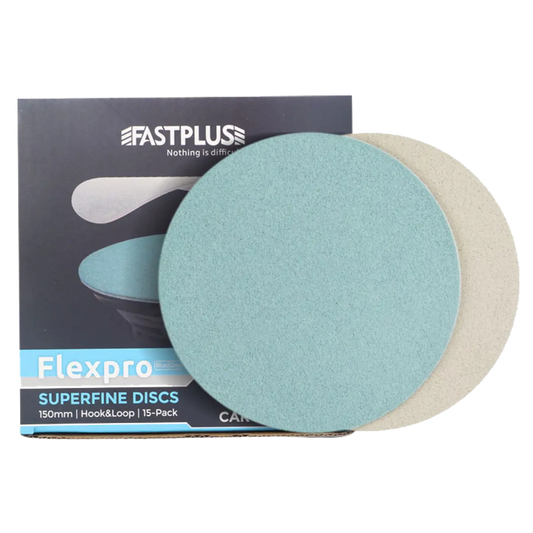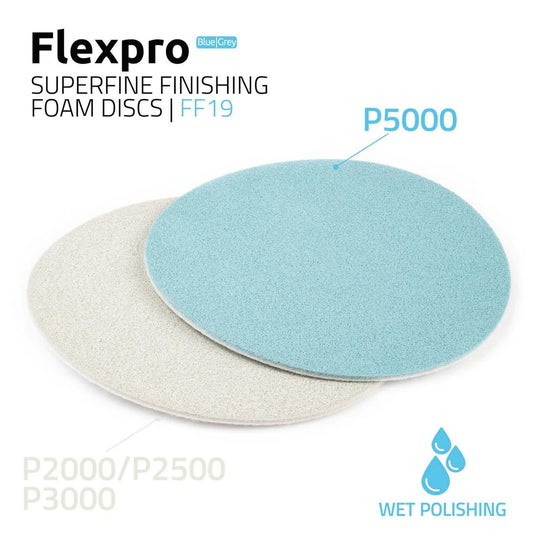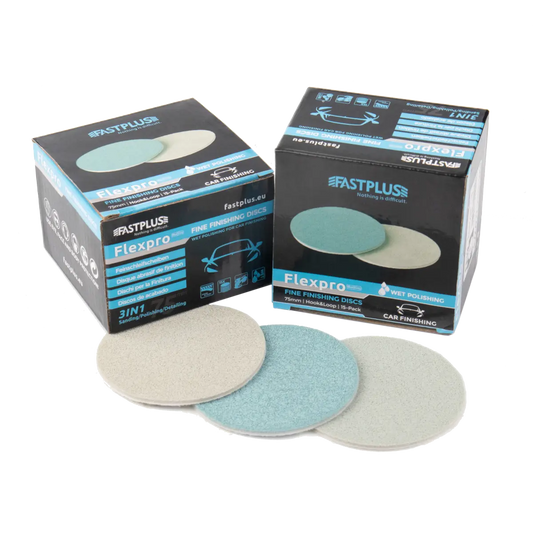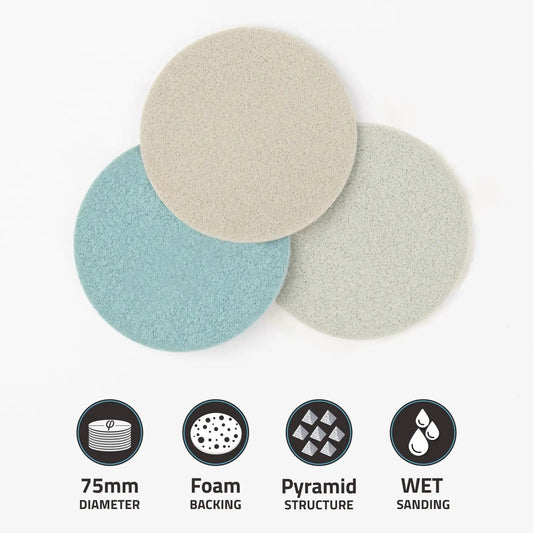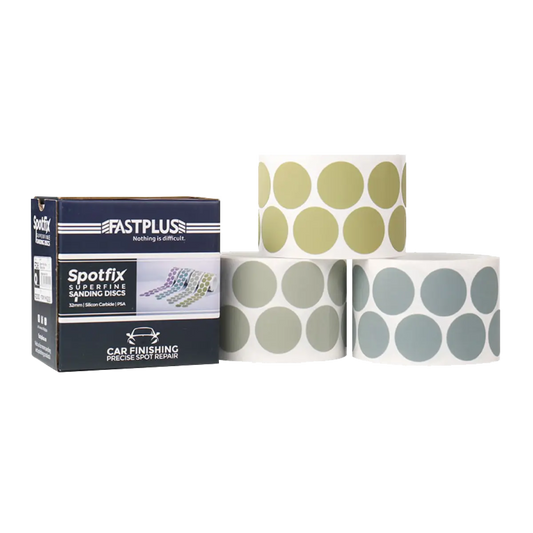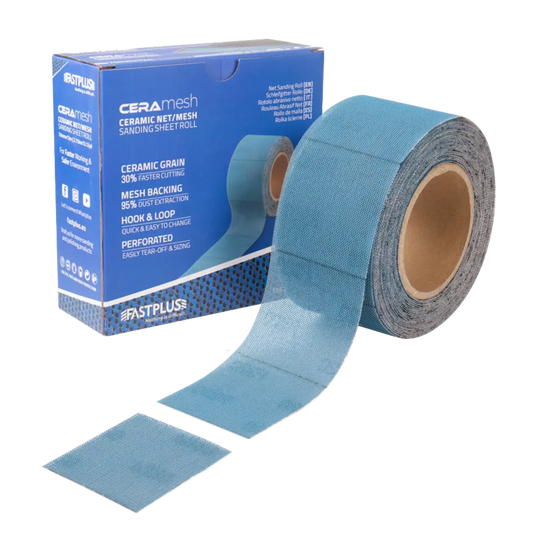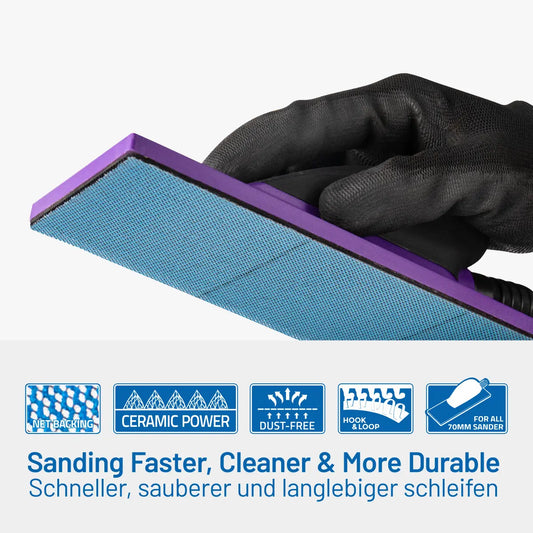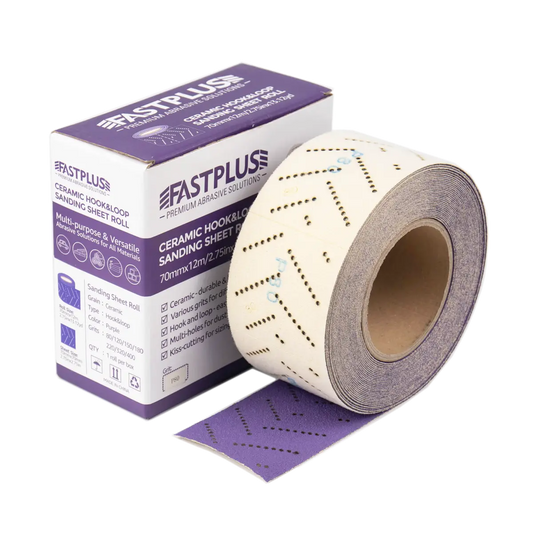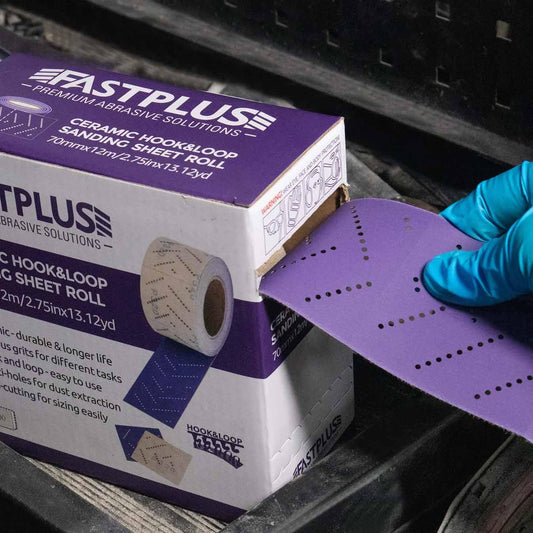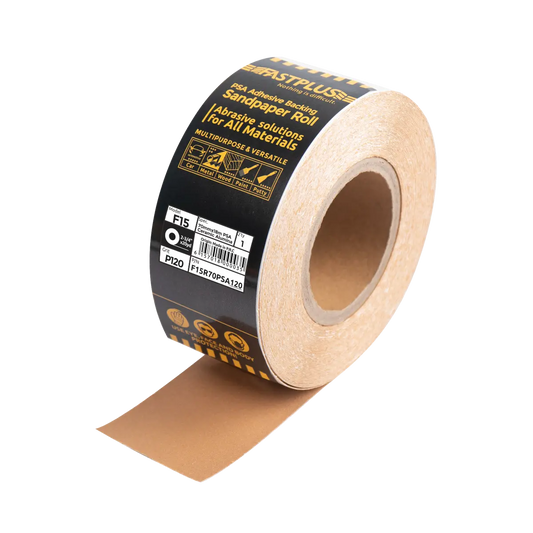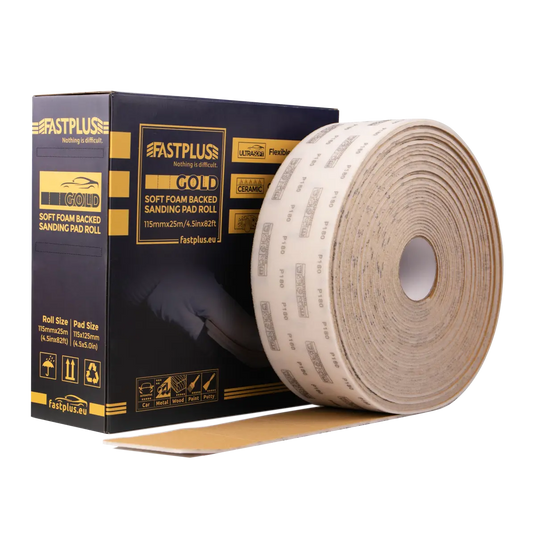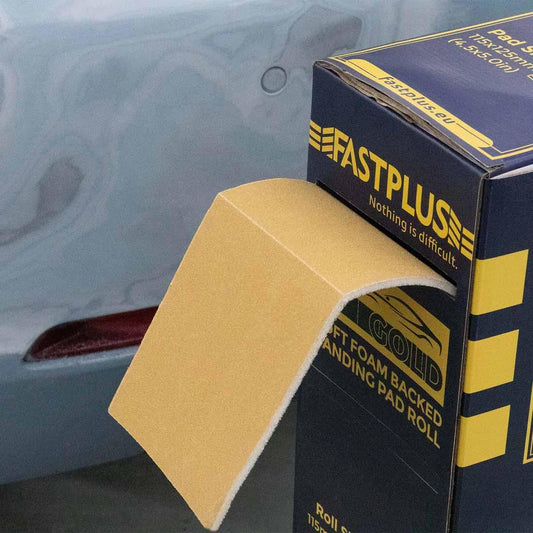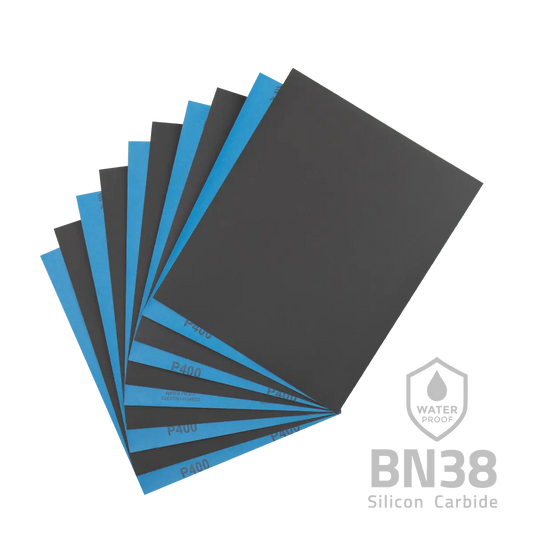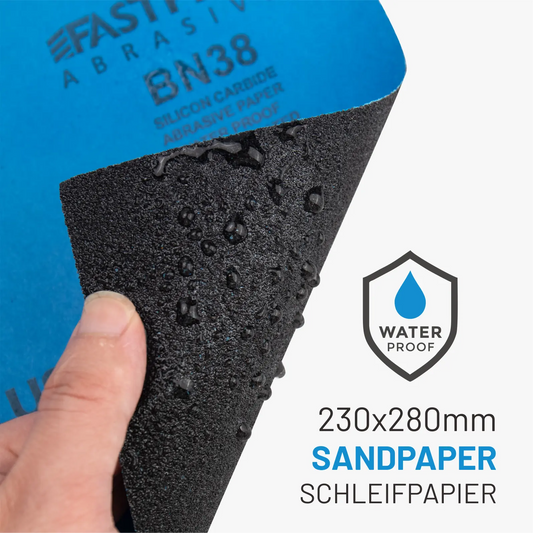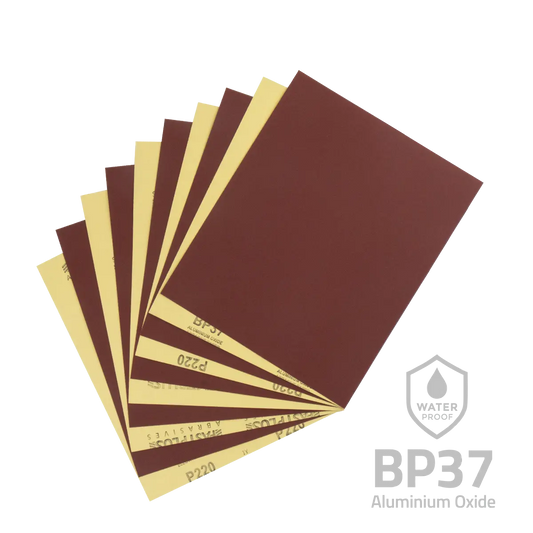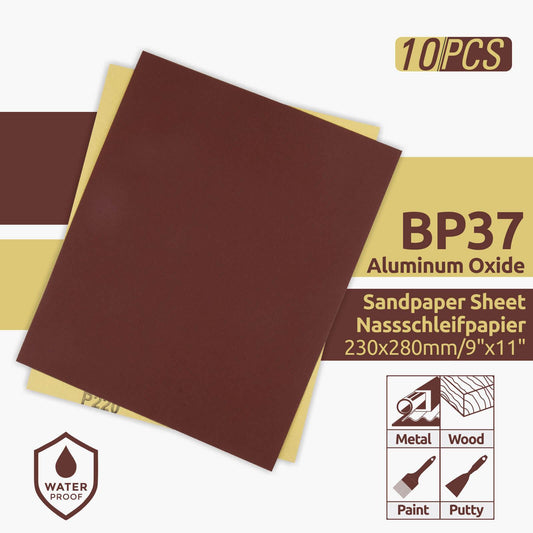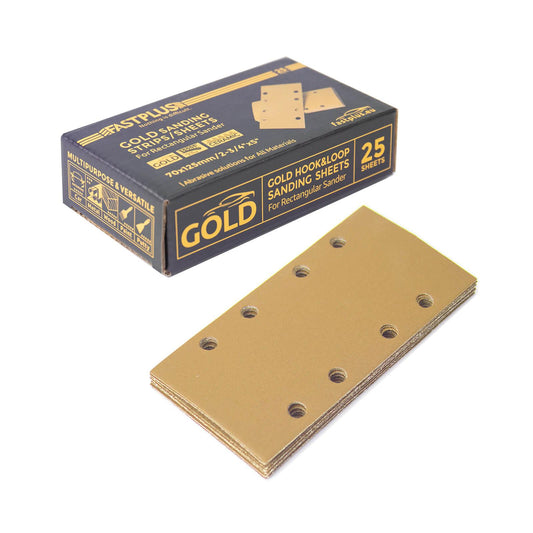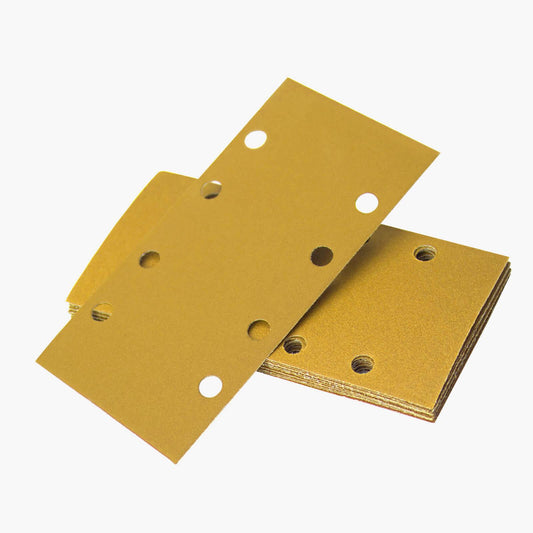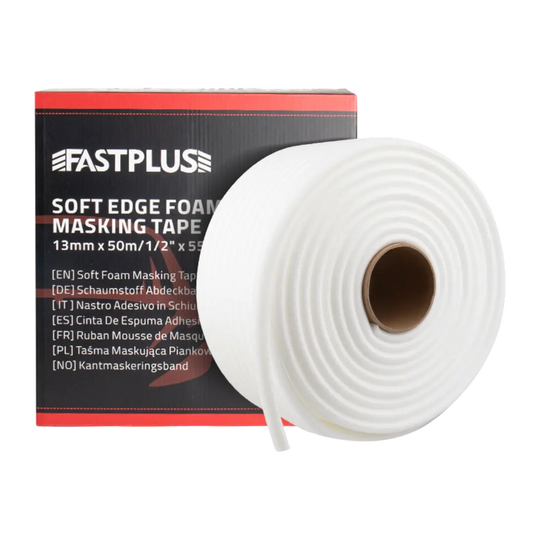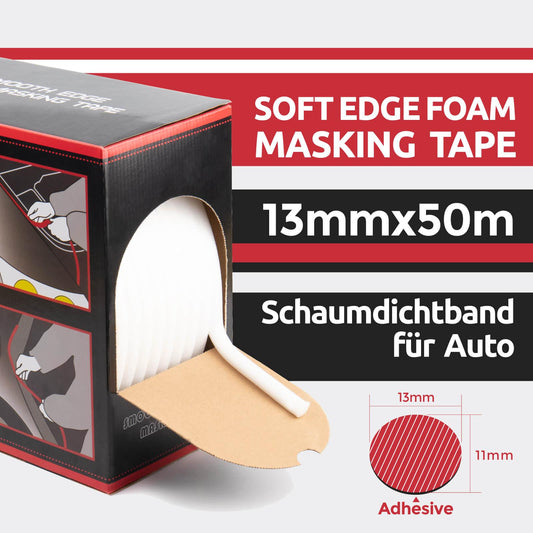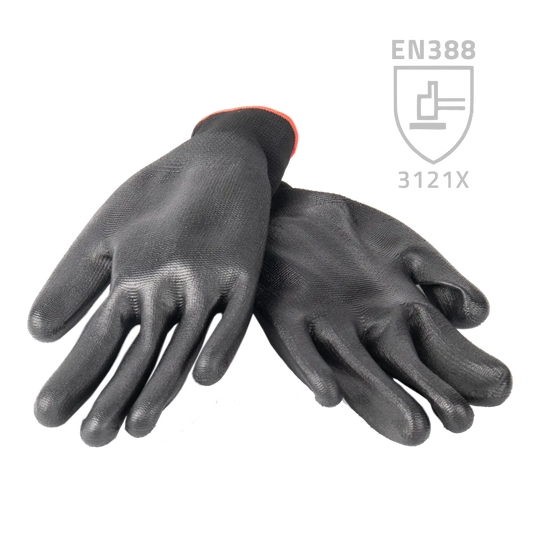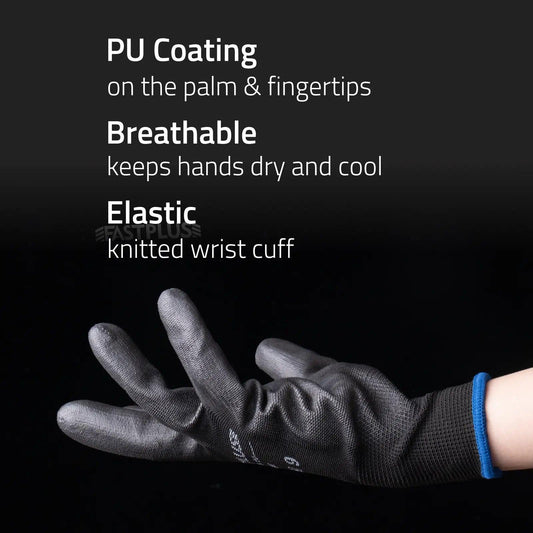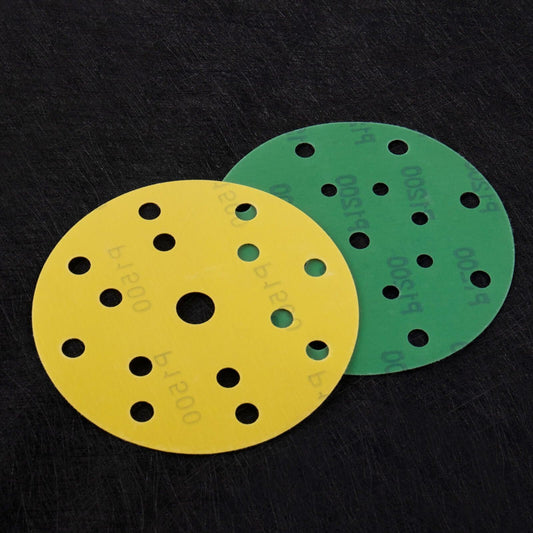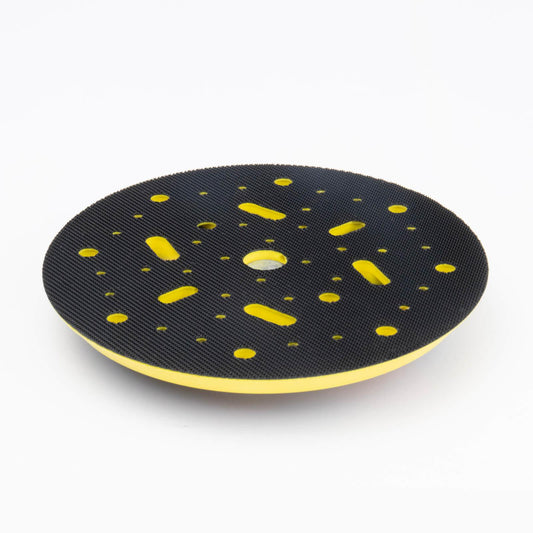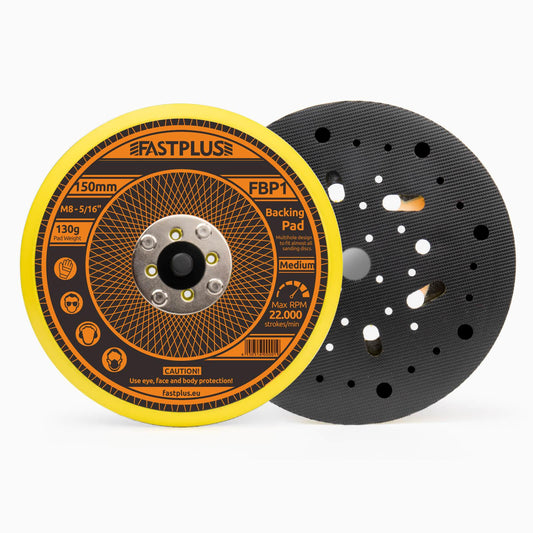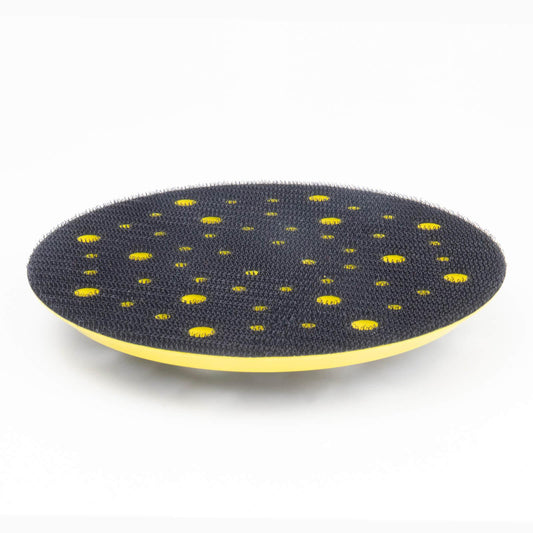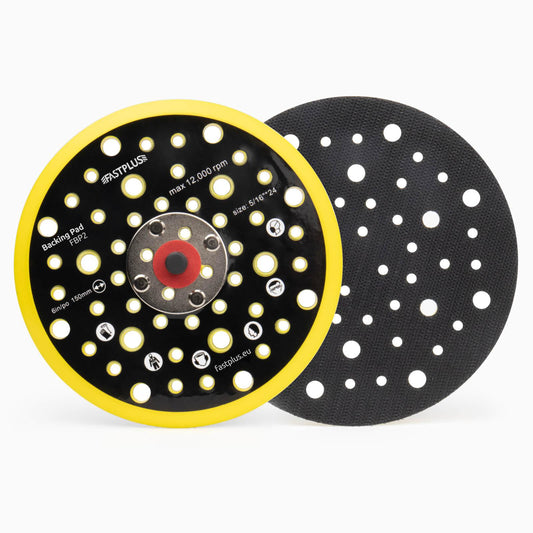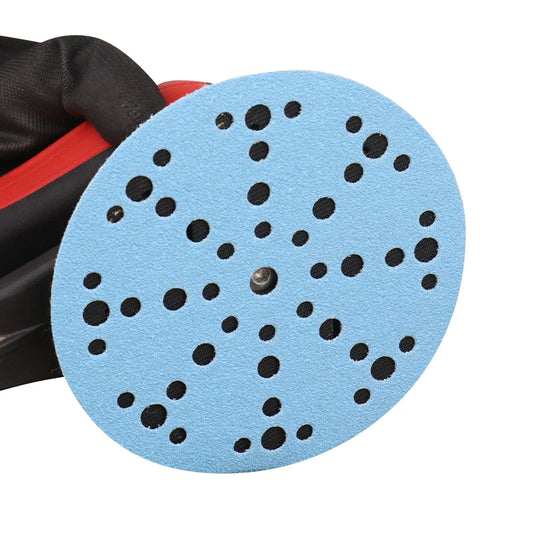
How to Sand Concave and Convex Auto Body Surfaces Correctly?
Have you ever marveled at the flawless finish of a well-maintained car? The smooth, sleek lines that dance along the vehicle's surface seem like a work of art. But in the real world of preparation for auto body painting, there are an array of potential finishing flaws lurking in every concave curve and convex contour.
In this article, we'll show you how to sand concave and convex auto body surfaces to achieve a flawless finish. Whether you're a DIYer or a professional auto body technician, this guide is for you.
What Are the Challenges of Sanding Concave and Convex Body Lines?
Uneven Pressure Distribution:
The curvature of concave and convex body surfaces means that there are areas where the sandpaper or sanding disc makes more contact with the surface than others. This can lead to uneven sanding and may result in flat spots or areas that remain unsmoothed.
Access Difficulties:
In some cases, reaching into tight concave spaces or maintaining consistent contact along the length of a convex surface can be challenging. This limited access may hinder the sanding process and make it hard to achieve uniform results.
Over-sanding and Under-sanding:
Sanding too much or too little in certain areas can result in an uneven surface, which becomes apparent once the vehicle is painted or finished. Finding the right balance and technique is crucial to avoid these issues.
Risk of Distorting Body Lines:
Aggressive sanding or improper techniques can potentially distort the original body lines and contours of the vehicle, leading to a less appealing final result.
Tips for Sanding the Concave Surfaces

1. Use Flexible Sanding Blocks:
Flexible sanding blocks are excellent sanding tools for concave surfaces. They conform to the curvature of the body, ensuring even sanding and reducing the risk of creating flat spots. Consider using foam or rubber-backed sanding blocks designed for contour sanding.
2. Use Foam Sanding Pad Roll:
Foam sanding pad roll is another useful tool for sanding concave surfaces. This flexible and cushioned material conforms exceptionally well to complex curves, making it ideal for contour sanding. The foam pads come in various thicknesses and can be easily trimmed to match the specific contour you're working on. Using a foam sanding pad roll enables you to maintain the integrity of the body's curves while achieving a smooth and consistent surface.
3. Use Spot Repair Sandpaper for Hard-to-Reach Areas:
In some cases, there might be tight spots or intricate details within concave surfaces that are challenging to reach with regular sanding tools. For these areas, sandpaper for spot repair comes to the rescue. Spot repair sandpaper typically comes in smaller sizes and can be easily folded or shaped to access tight crevices, corners, and edges. This specialized sandpaper allows you to address hard-to-reach areas with precision, ensuring that every part of the concave surface receives the attention it deserves.
4. Focus on the Center:
Concentrate your sanding efforts on the center of the concave surface where the most material needs to be removed. Gradually feather out towards the edges to achieve a smooth transition.
5. Employ Gentle and Even Pressure:
Avoid applying excessive pressure when sanding concave surfaces. Gentle, even pressure is key to prevent over-sanding and maintaining the curvature of the body. If you use machine sanding, let the sandpaper for electric sander do the work, and use a light touch to achieve the desired results.
6. Be Mindful of the Edges:
Pay close attention to the edges of the concave surfaces, as they are more susceptible to damage and uneven sanding. Use extra care and a softer touch when sanding near edges to prevent accidentally sanding through the paint or creating dips.
7. Cross-Hatch Sanding:
To ensure uniform sanding and avoid creating patterns, use a cross-hatch sanding technique. Sand in one direction and then sand again perpendicular to the first pass. This method helps identify areas that need more attention and ensures a smoother overall surface.
8. Use Guide Coats:
Applying a guide coat (a thin layer of contrasting color) to the surface before sanding can enhance visibility. The guide coat will reveal any low spots or imperfections, allowing you to sand those areas more effectively.
Tips for Sanding Convex Surfaces
1. Use Soft Sanding Pads or Foam Blocks:
When sanding convex surfaces, opt for soft sanding pads or foam blocks. These tools help maintain the contour of the body while providing even pressure during sanding. Hard sanding blocks may flatten the convex curves, leading to an uneven surface.
2. Use Sanding Sheet Roll:
A sanding sheet roll is a versatile tool that can also be employed for sanding convex surfaces. This flexible and customizable material can be cut to fit the specific curvature of the convex area you are working on. The sanding sheet roll conforms well to the contours of the body, enabling you to maintain the natural curves while achieving a smooth and consistent finish.
3. Crosshatch Sanding Technique:
Utilize a crosshatch sanding technique, similar to what you would use for concave surfaces.
4. Check for High Spots Regularly:
Convex surfaces can have high spots that may not be apparent at first glance. Regularly check your progress when sanding to identify and address these areas. Look for reflections on the surface to reveal any unevenness that needs to be sanded down.
5. Sand in a Circular Motion:
When sanding convex areas with larger radii, circular sanding motions can be effective. This technique helps maintain the curvature and prevent creating flat spots. As you sand, periodically change the direction of the circular motion to ensure even coverage.
6. Use Guide Coats:
Applying a guide coat to the surface before sanding can help reveal any remaining imperfections or high spots. The guide coat will indicate the areas that need further sanding, ensuring a more even and consistent result.
7. Maintain a Steady Pace:
Avoid rushing the sanding process, as it requires patience and precision. Take your time to achieve a smooth and uniform surface, especially in areas with complex curves.
Final Words
In conclusion, achieving a flawless finish on auto body surfaces, whether concave or convex, requires careful attention and the right techniques. By following the tips and techniques outlined in this article, you can sand these surfaces effectively and avoid common problems.
Buy Fastplus Factory-Direct Abrasives
Want to purchase high-quality, factory-direct sanding discs, sanding sheet rolls, and film abrasive discs for automotive applications? Try Fastplus Abrasives today and place your orders online! 
